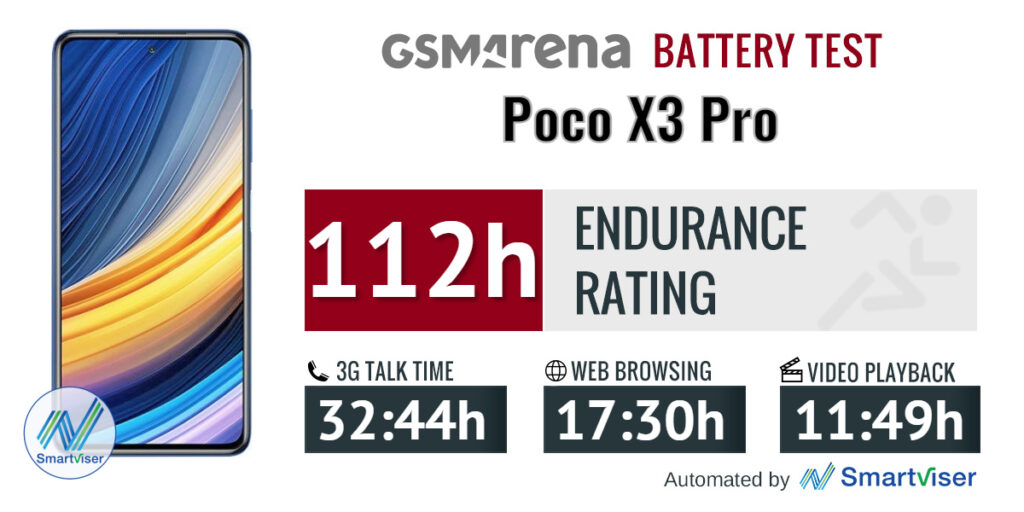Responsive Website Design – Evolving Technology
The idea of Responsive Web Design came about as a response to the changing ways we consume media. The methods in which we consume all forms of digital media has evolved at an exponential pace within the last two decades. A whole generation of web content creators found themselves in a quandary as they were still occupied with the notion that web sites are intended to be viewed from large personal computer screens. However, the development of more powerful but small mobile devices such as smartphones and tablets signified an entirely new perspective in viewing and experiencing web content. This new category of web capable devices meant an entirely new generation of mobile content consumers were coming across web content not meant for smaller screens operated by touch gestures rather than a mouse pointer. This led to an evolution in the way that websites were designed and the birth of responsive design.
Coined by Ethan Marcotte in an article published at A List Apart back in 2010, responsive web design is a method of adjusting the technical specifications of web content such as page size, text font, and browsing experience to render the content compatible to unique technical aspects of mobile devices.
“Rather than tailoring disconnected designs to each of an ever-increasing number of web devices, we can treat them as facets of the same experience.”
Approaches to Responsive Web Design (From Envato tuts+)
- Accommodate multiple display types – From multiple resolutions to screens of varying sizes, content must be legible in all forms of display
- Support varying input mechanisms – Content must ‘cater’ to be operated on touch screen devices, rather than purely relying on mouse pointers
- Utilizing media queries and breakpoints – Media queries and breakpoints are CSS3 modules that allows it to adapt to multiple types of displays
- Rendering media adjustable to all display types – Media such as images and videos must be coded in a manner that allows them to be viewed legibly ‘neither big or small’ across multiple screen sizes and orientation
- Incorporate a viewport meta tag – Include a viewport meta tag within the content’s CSS coding
Responsive web design has already set itself as the established standard for web content creation. Developers today cannot evade the fact that the way people consume and experience content is always changing. Marcotte arouses a fascinating point regarding the future of responsive web design:
“ Now more than ever, we’re designing work meant to be viewed along a gradient of different experiences. Responsive web design offers us a way forward, finally allowing us to “design for the ebb and flow of things.”
Because the notion of responsive web design is built upon the concept of adapting, developers have already prepared themselves for the future where different devices of different screen sizes, resolutions, and browsing method will be one less thing to worry about. Ultimately, responsive web design is primarily concerned with creating the ideal content experience for every user. As a standard in web content creation, developers must inevitably make their content more accessible to all forms of technology as the evolution in personal mobile devices is in full swing. The technology evolution of mobile devices caused the web design industry to completely rethink their processes and concepts and it was a good warning for us that we will need to continue to evolve as technology shows no sign of slowing down.








